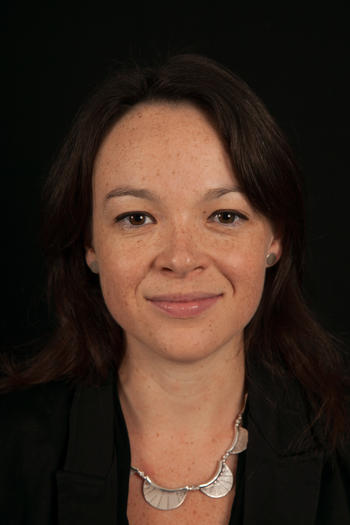Dr. Hannah Malone

Max-Planck-Institut für Bildungsforschung
14195 Berlin
Curriculum Vitae
- From Oct. 2017: Alexander von Humboldt Postdoctoral Research Fellow, hosted by Prof. Oliver Janz (FMI) and Prof. Christian Freigang (KHI)
- Oct. 2014–Sept. 2017: Lumley Junior Research Fellow, Magdalene College, Cambridge
- Oct. 2013–July 2014: Rome Fellow, British School at Rome
- Oct. 2010–Aug. 2013: PhD, St John’s College, Cambridge
- Oct. 2009–Aug. 2010: MPhil, St John’s College, Cambridge
- Oct. 2005–Aug. 2009: BA Hons., Trinity College, University of Dublin
- Modern Italian history
- Architectural history and theory
- Heritage and memory studies
- Transnational history of European fascism
Research Interests
My research explores the role of death in the politics of modern Italy. It looks at the commemoration of heroes and ‘martyrs’ from the Risorgimento to the Fascist period to show how the memory of the dead was used to bolster patriotism, foster a sense of unity and canvas support for the national cause. Having trained as an architectural historian, I analyse the architecture of cemeteries, tombs and other monuments as vehicles for propaganda. My studies on Mussolini’s Italy inform my teaching on the transnational history of European fascism and the comparative study of Fascist Italy and Nazi Germany. I also work on issues relating to the heritage and legacy of Fascism in today’s Italy.
My doctoral project (University of Cambridge 2010–13) examined the monumental cemeteries of nineteenth-century Italy as a mirror for social and political change at a time of national unification, growing patriotism and a rising bourgeoisie. The project formed the basis for a monograph that was published by Routledge under the title Architecture, Death and Nationhood: The Monumental Cemeteries of Nineteenth-Century Italy (2017). As a Junior Research Fellow (2014–17) at Magdalene College Cambridge, I worked on Marcello Piacentini, the most prominent architect of Mussolini's fascist regime. Formerly, as a Fellow of the British School at Rome, I initiated a project on Italy’s Fascist ossuaries of the Great War, which focused on how the regime exploited death as propaganda. I am now writing a book on that topic, which draws on previously unseen archival material to shed light on the political motivations behind Mussolini’s campaign to exhume and re-bury thousands of fallen soldiers of the First World War. Due to the interdisciplinary nature of this project, my current position as a Alexander von Humboldt Fellow is hosted jointly by Prof. Christian Freigang of the Art History Institute and Prof. Oliver Janz of the Friedrich-Meinecke-Institut.
- “Fascist Italy’s Ossuaries of the Great War: Objects or Symbols?”, RIHA Journal, Special Issue “War Graves/Die Bauaufgabe Soldatenfriedhof, 1914 –1989”, 0166 (27 June 2017)
- “Legacies of Fascism: Architecture, heritage and memory in contemporary Italy”, Modern Italy, Special Issue “The Force of History: Modern Italian Historiography and the Legacy of Christopher Duggan”, 22, 4, 445–70
- Architecture, Death and Nationhood: The Monumental Cemeteries of Nineteenth-Century Italy, Routledge (April 2017)
- “Secularisation, anticlericalism and cremation within Italian cemeteries of the nineteenth century”, Modern Italy, 19, 4 (November 2014), 385–403.
- “Modern cemeteries in Europe and North America” in Cambridge World History of Religious Architecture, ed. Richard Etlin (Cambridge University Press), forthcoming



